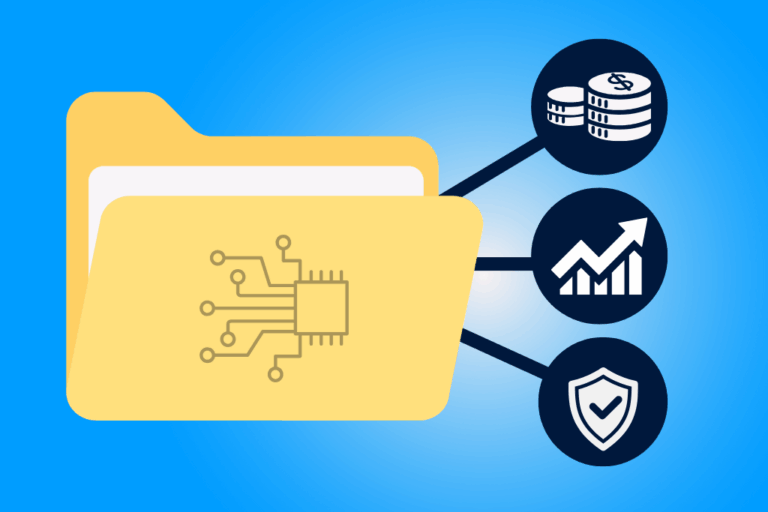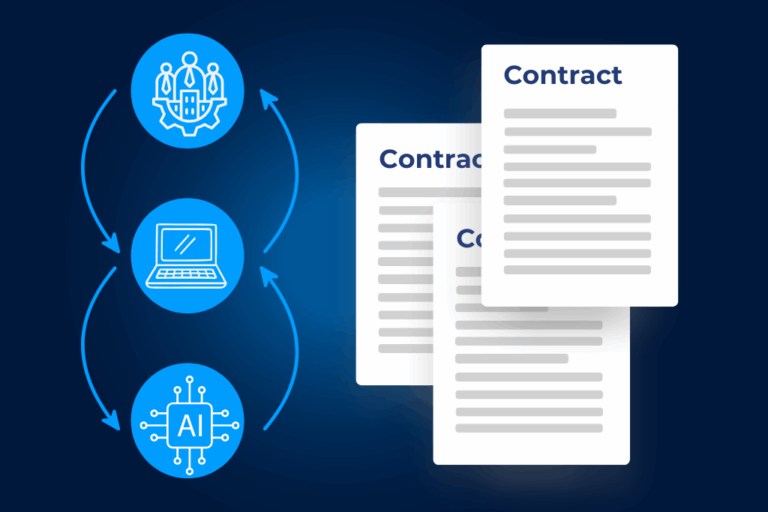Pharmaceutical audits are systematic evaluations that ensure compliance and quality within the pharmaceutical industry. As regulatory demands rise, companies rely on robust audit programs to minimize violations and improve operational excellence. Modern digital solutions now streamline audit processes, centralize documentation, and enhance data integrity, transforming audits from compliance checks into strategic tools for continuous improvement and regulatory readiness.
Pharmaceutical audit processes represent a cornerstone of regulatory compliance and quality assurance in the pharmaceutical industry. These structured evaluations examine operations, systems, and documentation to ensure adherence to established standards and regulations. With regulatory scrutiny intensifying across global markets, pharmaceutical companies face increasing pressure to maintain robust audit systems.
The pharmaceutical landscape continues to evolve, with digital transformation reshaping traditional audit approaches. This article explores the fundamentals of pharmaceutical audits, their types, regulatory frameworks, and how modern governance solutions enhance audit effectiveness.
What is a Pharmaceutical Audit?
A pharmaceutical audit is a systematic examination of pharmaceutical operations, systems, and facilities against predetermined regulatory requirements and quality standards. These evaluations serve three primary objectives: ensuring compliance with regulations, maintaining quality assurance, and identifying areas for improvement within pharmaceutical operations.
Pharmaceutical audits fall into two main categories:
Both types play critical roles in maintaining pharmaceutical quality and safety throughout the product lifecycle.
Types of Pharmaceutical Audits
The pharmaceutical industry utilizes several specialized audit types to address various aspects of operations and compliance.
GMP Audits
Good Manufacturing Practice audits evaluate manufacturing processes, facilities, and systems to ensure products are consistently produced according to quality standards. These audits examine documentation, equipment validation, personnel training, and contamination controls.
Quality System Audits
These comprehensive evaluations assess the effectiveness of quality management systems, including document control, change management, deviation handling, and CAPA (Corrective and Preventive Action) processes. Quality system audits provide a holistic view of how organizations manage quality across operations.
Supplier and Vendor Qualification Audits
Pharmaceutical companies must verify that suppliers meet regulatory standards and quality requirements. These audits evaluate supplier operations, quality systems, and compliance history to ensure components and services meet specifications.
Regulatory Inspections
Conducted by agencies like the FDA or EMA, these formal inspections verify compliance with regulatory requirements. Findings from these inspections directly impact a company’s ability to manufacture and distribute pharmaceutical products.
Regulatory Framework for Pharmaceutical Audits
Pharmaceutical audits operate within a complex regulatory landscape that includes:
These regulations establish minimum requirements for pharmaceutical operations and provide the foundation for audit criteria. Companies must stay current with regulatory changes to maintain compliance and prepare effectively for audits.
The Pharmaceutical Audit Process
A successful pharmaceutical audit follows a structured approach.
Pre-Audit Preparation
This phase involves reviewing previous audit findings, gathering relevant documentation, and establishing the audit scope. Thorough preparation allows audit teams to focus on high-risk areas and optimize the audit time.
Audit Execution
During this phase, auditors review documentation, observe operations, interview personnel, and examine facilities and equipment. The goal is to collect objective evidence regarding compliance with requirements.
Post-Audit Activities
Following the audit, teams must:
This systematic approach ensures audits drive continuous improvement rather than simply identifying deficiencies.
Common Challenges in Pharmaceutical Audits
Pharmaceutical companies frequently encounter several obstacles during audits.
Documentation Management
Managing the volume of documentation required for pharmaceutical operations presents significant challenges. Organizations often struggle with document accessibility, version control, and maintaining audit trails.
Data Integrity
Ensuring the accuracy, completeness, and reliability of data throughout its lifecycle remains a critical concern. Regulatory agencies increasingly focus on data integrity during inspections.
Remote Auditing Limitations
The shift toward remote audits presents unique challenges, including technology limitations, difficulty assessing physical operations, and maintaining effective communication.
These challenges highlight the need for robust systems and processes to support audit activities.
Leveraging Technology for Effective Audit Management
Digital solutions transform pharmaceutical audit management by streamlining processes and enhancing compliance.
Centralized Document Management
Integrated governance platforms provide secure, centralized repositories for audit documentation, enabling real-time access to critical information. This centralization eliminates version control issues and improves audit readiness.
Automated Workflow Management
Digital solutions automate audit scheduling, notification, and tracking processes, reducing administrative burden and ensuring timely completion of audit activities.
Enhanced Reporting Capabilities
Advanced reporting tools transform audit data into actionable insights, allowing organizations to identify trends, track resolution of findings, and demonstrate compliance to stakeholders.
These technological advances significantly improve audit efficiency while strengthening compliance.
Best Practices for Successful Pharmaceutical Audits
Organizations can optimize their audit programs by implementing these proven strategies.
Establish a Risk-Based Approach
Prioritize audit resources based on risk assessment, focusing on areas with the greatest potential impact on product quality and patient safety.
Develop Comprehensive Training Programs
Ensure personnel understand regulatory requirements, internal procedures, and audit processes. Well-trained staff respond more effectively during audits and maintain compliance during routine operations.
Foster a Culture of Quality
Organizations with strong quality cultures view audits as opportunities for improvement rather than punitive exercises. This perspective encourages transparency and proactive identification of issues.
These practices help pharmaceutical companies transform audits from compliance exercises into strategic tools for operational excellence.
Strengthening Pharmaceutical Compliance Through Digital Transformation
The pharmaceutical industry continues to embrace digital solutions that enhance audit effectiveness and regulatory compliance. Modern governance platforms offer integrated approaches to managing the entire audit lifecycle, from preparation through follow-up activities.
By centralizing documentation, automating workflows, and providing real-time visibility into compliance status, these solutions address many traditional audit challenges. Organizations implementing these technologies report significant improvements in audit readiness, finding resolution, and overall compliance.
The future of pharmaceutical auditing lies in this integration of regulatory expertise with digital capabilities. Companies that embrace this transformation position themselves for regulatory excellence in an increasingly complex environment.
Ready to transform your pharmaceutical audit process? Explore how governance solutions specifically designed for pharmaceutical companies streamline compliance management while strengthening regulatory preparedness.while ensuring regulatory compliance across all operations.



